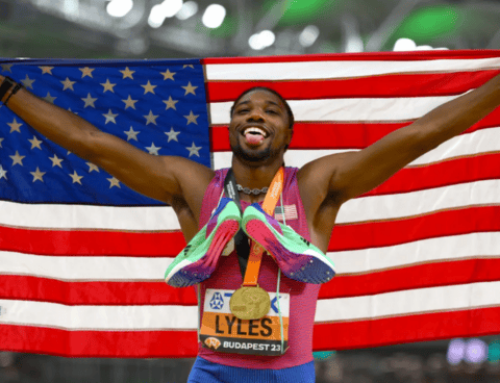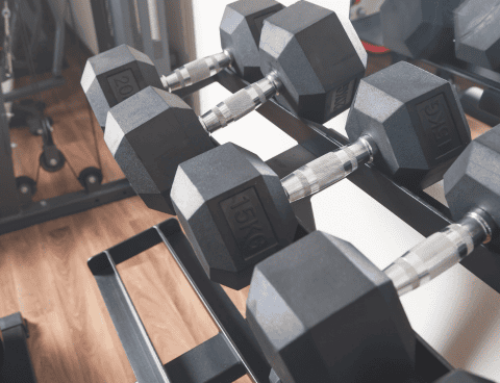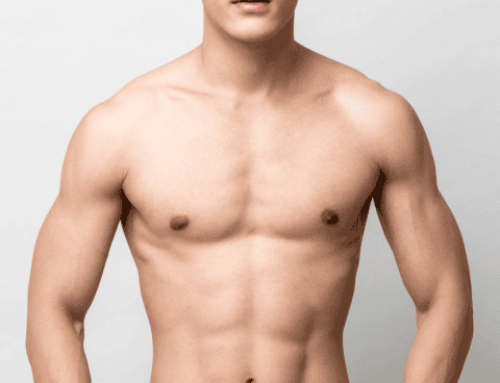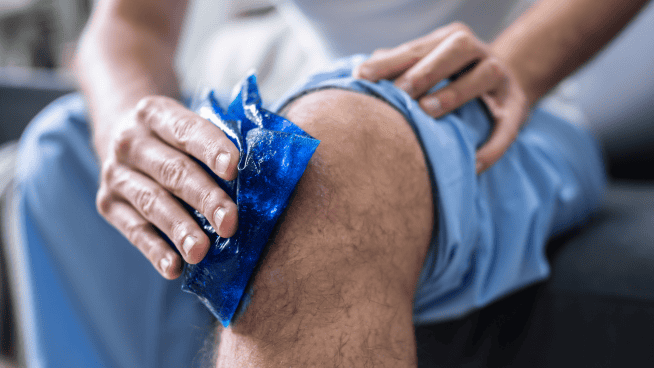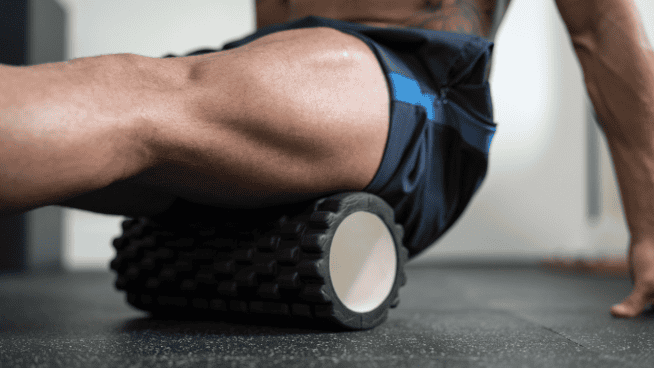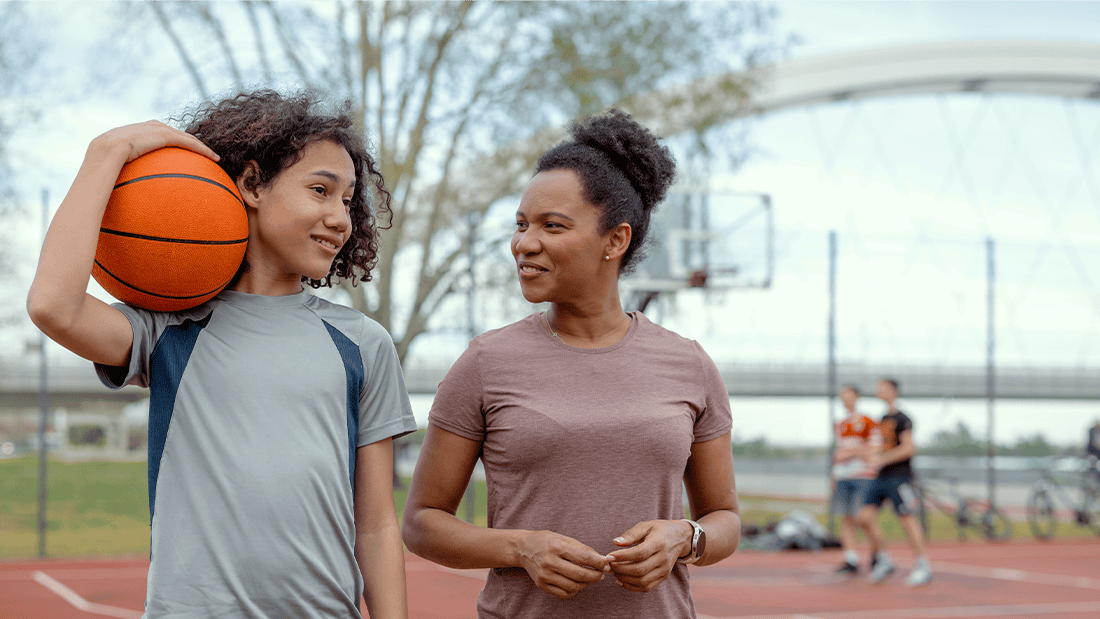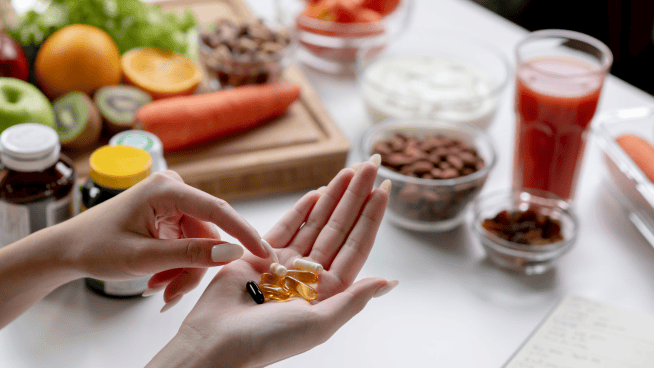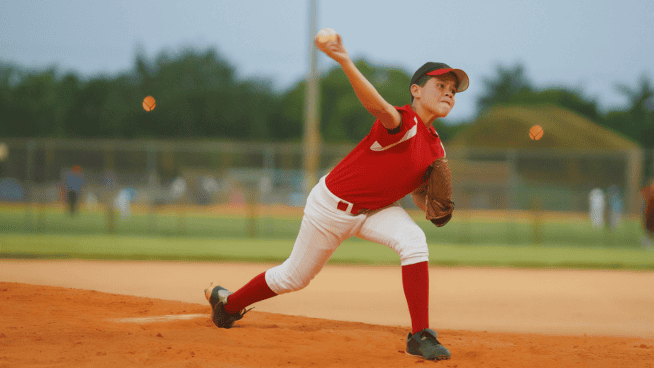Does Bodyweight Training Count as Strength Training?
Far too often, educated strength and conditioning coaches get caught up in what the hottest books recommend as the do-or-die essentials of exercise.
While everyone has their favorites, we also need to recognize that programming for each client should be done on a case-by-case basis. This is even more important when working with young athletes who haven’t reached the peak of their development.
With youth and teenage athletes, we may be in quite the rush to get them under the bar for loaded Squats, Deadlifts and presses. But the truth is, as fantastic as such movements are at creating a foundation, they too also require prerequisites. And neuromuscular coordination is something that’s invaluable to a young athlete early on. A smart way to introduce that to a young athlete is through mastering essential bodyweight exercises.
What is Neuromuscular Coordination?
Neuromuscular coordination is a fancy term to imply that you have a mind-muscle connection. It’s our ability to have our muscles work in proper concert with one another during a given movement, making said movement look smooth, strong and synchronized.
Although it sounds simple enough, doing this with external loading isn’t a simple task for newbies. Instead, using bodyweight training staples can be a perfect gateway toward developing a base of neuromuscular coordination. Bodyweight training trains the core to become involved in transferring forces, resisting unwanted forces (like rotation or extension), and protecting the spine. For a young teen, having efficient movement with barbells relies largely on good posture and good stability. If the body isn’t able to execute unloaded patterns with posture and efficiency, how can we expect it to do so under load?
But more than just being “good practice” for weight training, bodyweight exercises are entirely capable of building muscle and strength, particularly in those who are still relatively new to training.
With that in mind, here are my top five patterns for building strength, posture and neuromuscular coordination via your own body weight.
1. Inverted Row
The under-the-bar row develops the upper-back musculature, which sets the tone for shoulder stability and strength. For this reason, they translate to stronger pressing patterns and are a must-add to the programs of throwing athletes of any kind. To do them, maintain a rigid trunk position, and set the bar in the Smith machine (or another apparatus) at waist level. Next, hold the bar at full arms’ length, about shoulder-width apart. Squeeze your shoulder blades together and pull the chest to the bar until it contacts it. If this is too hard, switch to a modified stance, with the knees bent and the feet planted, but the trunk maintaining rigidity. Focus on sets of 10 or more reps.
2. Chin-Ups
Many will argue this is the most important movement on this list. The Chin-Up has been referred to as the “squat for the upper body,” and for good reason. Great performance in this movement potentiates great performance in several other movements. It’s fantastic for back and arm development, and it’s a true testimony to upper-body strength when you can pull your body weight over a bar for repeated reps using good form.
3. Push-Up Variations
This is my opinion, simple and plain: The Push-Up is a superior horizontal press pattern to the Bench Press, because the shoulder blades are allowed the chance to move. This is extremely essential and healthy for a young athlete, as scapular mobility is basically removed from the picture when the shoulder blades are pinned back on a bench. As a bonus, the Push-Up teaches core bracing and encourages proper planking positions to be held for extended periods of time. Too often, lifters develop 300-pound Bench Presses, but then hit the wall after 12 or 15 properly executed Push-Ups. Don’t be that guy. Get proficient at Push-Ups from multiple hand and foot positions to build a more well-rounded body.
4. Dips
A good Dip will involve the chest and triceps, and use a range of motion that actually reflects the end ranges of allowable ROM at the elbow joint. This is a movement many athletes cut short so as not to expose weakness, or for the sake of adding external load to, when it’s completely unnecessary to do so. A lifter who can perform 12 unassisted Dips with full ROM has a strong foundation.
5. Glute Hamstring Raise
The posterior chain of any athlete is going to be of prime importance if the goal is for them to perform at the top of their game. The glutes are the central core of the posterior chain. Without them, you’re opening the door to an onslaught of potential injuries, including torn hamstrings, bad knees, and plenty of lumbar issues. This bodyweight exercise is extremely difficult, but worth its weight in gold for the dividends it pays. The hamstrings are jam-packed with fast twitch muscle fibers, which respond well to lower rep ranges in the GHR. If you don’t have access to a GHR machine, then doing the eccentric version of glute hamstring raises is an acceptable alternative.
Photo Credit: RobertAx/iStock
READ MORE FROM LEE BOYCE:
RECOMMENDED FOR YOU
Does Bodyweight Training Count as Strength Training?
Far too often, educated strength and conditioning coaches get caught up in what the hottest books recommend as the do-or-die essentials of exercise.
While everyone has their favorites, we also need to recognize that programming for each client should be done on a case-by-case basis. This is even more important when working with young athletes who haven’t reached the peak of their development.
With youth and teenage athletes, we may be in quite the rush to get them under the bar for loaded Squats, Deadlifts and presses. But the truth is, as fantastic as such movements are at creating a foundation, they too also require prerequisites. And neuromuscular coordination is something that’s invaluable to a young athlete early on. A smart way to introduce that to a young athlete is through mastering essential bodyweight exercises.
What is Neuromuscular Coordination?
Neuromuscular coordination is a fancy term to imply that you have a mind-muscle connection. It’s our ability to have our muscles work in proper concert with one another during a given movement, making said movement look smooth, strong and synchronized.
Although it sounds simple enough, doing this with external loading isn’t a simple task for newbies. Instead, using bodyweight training staples can be a perfect gateway toward developing a base of neuromuscular coordination. Bodyweight training trains the core to become involved in transferring forces, resisting unwanted forces (like rotation or extension), and protecting the spine. For a young teen, having efficient movement with barbells relies largely on good posture and good stability. If the body isn’t able to execute unloaded patterns with posture and efficiency, how can we expect it to do so under load?
But more than just being “good practice” for weight training, bodyweight exercises are entirely capable of building muscle and strength, particularly in those who are still relatively new to training.
With that in mind, here are my top five patterns for building strength, posture and neuromuscular coordination via your own body weight.
1. Inverted Row
The under-the-bar row develops the upper-back musculature, which sets the tone for shoulder stability and strength. For this reason, they translate to stronger pressing patterns and are a must-add to the programs of throwing athletes of any kind. To do them, maintain a rigid trunk position, and set the bar in the Smith machine (or another apparatus) at waist level. Next, hold the bar at full arms’ length, about shoulder-width apart. Squeeze your shoulder blades together and pull the chest to the bar until it contacts it. If this is too hard, switch to a modified stance, with the knees bent and the feet planted, but the trunk maintaining rigidity. Focus on sets of 10 or more reps.
2. Chin-Ups
Many will argue this is the most important movement on this list. The Chin-Up has been referred to as the “squat for the upper body,” and for good reason. Great performance in this movement potentiates great performance in several other movements. It’s fantastic for back and arm development, and it’s a true testimony to upper-body strength when you can pull your body weight over a bar for repeated reps using good form.
3. Push-Up Variations
This is my opinion, simple and plain: The Push-Up is a superior horizontal press pattern to the Bench Press, because the shoulder blades are allowed the chance to move. This is extremely essential and healthy for a young athlete, as scapular mobility is basically removed from the picture when the shoulder blades are pinned back on a bench. As a bonus, the Push-Up teaches core bracing and encourages proper planking positions to be held for extended periods of time. Too often, lifters develop 300-pound Bench Presses, but then hit the wall after 12 or 15 properly executed Push-Ups. Don’t be that guy. Get proficient at Push-Ups from multiple hand and foot positions to build a more well-rounded body.
4. Dips
A good Dip will involve the chest and triceps, and use a range of motion that actually reflects the end ranges of allowable ROM at the elbow joint. This is a movement many athletes cut short so as not to expose weakness, or for the sake of adding external load to, when it’s completely unnecessary to do so. A lifter who can perform 12 unassisted Dips with full ROM has a strong foundation.
5. Glute Hamstring Raise
The posterior chain of any athlete is going to be of prime importance if the goal is for them to perform at the top of their game. The glutes are the central core of the posterior chain. Without them, you’re opening the door to an onslaught of potential injuries, including torn hamstrings, bad knees, and plenty of lumbar issues. This bodyweight exercise is extremely difficult, but worth its weight in gold for the dividends it pays. The hamstrings are jam-packed with fast twitch muscle fibers, which respond well to lower rep ranges in the GHR. If you don’t have access to a GHR machine, then doing the eccentric version of glute hamstring raises is an acceptable alternative.
Photo Credit: RobertAx/iStock
READ MORE FROM LEE BOYCE:

